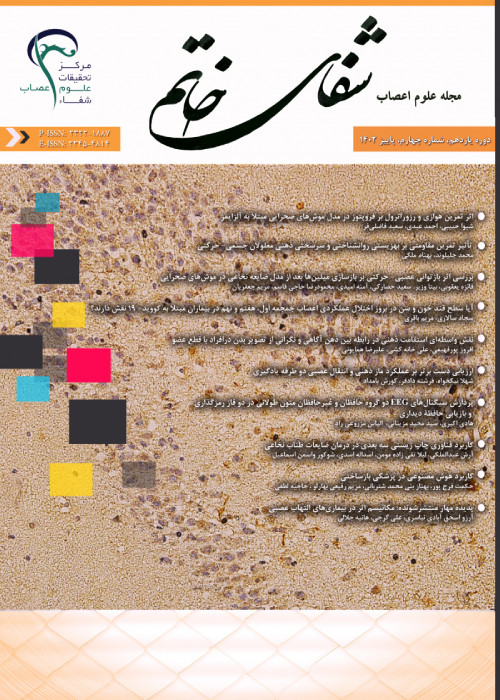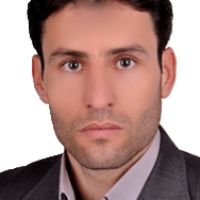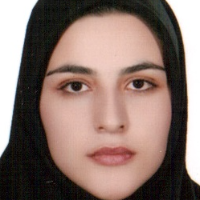Comparing the Absolute Power of Brain Waves in the Frontal Area among People with Major Depressive Disorder, Obsessive-Compulsive Disorder and Normal
Attempting to recognize specific QEEG markers in depression and obsessive-compulsive disorders is the one of main interests of research in quantitative electroencephalography. The purpose of the present study was to compare the absolute power of brain waves in the frontal area in people with major depressive disorder and obsessive-compulsive disorder.
The method of this study is causal-comparative. The statistical population of this study consisted of all individuals with major depressive disorder and obsessive-compulsive disorder referring to the mental health Clinic of Fatemi Hospital in 2019 in Ardabil, Iran. 15 people with major depressive disorder and 15 subjects with obsessive-compulsive disorder were selected by purposeful sampling. Furthermore, 15 normal individuals were selected via the sampling method from the relatives of patients. Psychiatric diagnosis and structured clinical interview, Beck depression inventory, and Foa et al. obsessive-compulsive inventory were used to collect data. The QEEG recording was performed at the Psychological Laboratory of Mohaghegh Ardabili University and the data were analyzed by Neuroguide software.
The results showed that the absolute power of delta (F= 3.444), theta (F= 51.566), alpha (F= 217.1144), and beta (F= 175.555) waves differ between people with depressive disorder and obsessive-compulsive disorder compared to the control group. The delta, theta, and alpha absolute power at frontal lobes of patients with obsessive-compulsion significantly increased, and the alpha and beta absolute power at frontal lobes of patients with major depressive disorder significantly decreased compared to the control group.
These results showed that the pattern of brain waves can be posed as an index for diagnosing and follow-upping of the therapeutic outcomes of major depression and obsessive-compulsive disorders. Furthermore, it can be used in designing neurofeedback interventions for these disorders.
- حق عضویت دریافتی صرف حمایت از نشریات عضو و نگهداری، تکمیل و توسعه مگیران میشود.
- پرداخت حق اشتراک و دانلود مقالات اجازه بازنشر آن در سایر رسانههای چاپی و دیجیتال را به کاربر نمیدهد.




